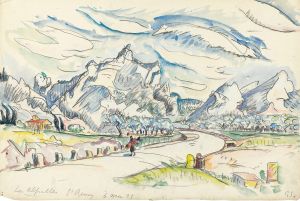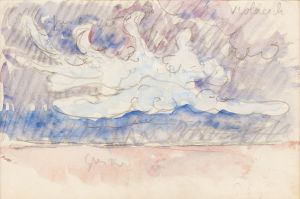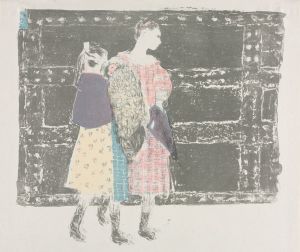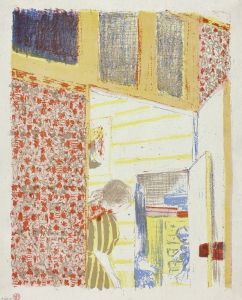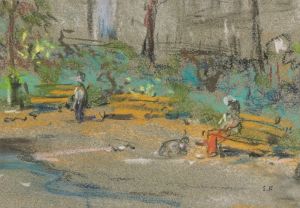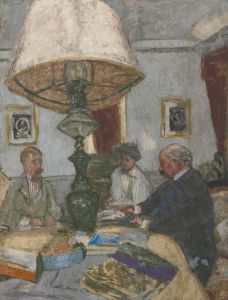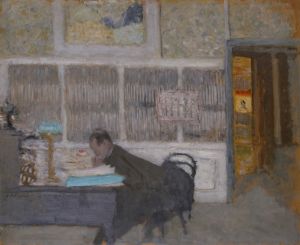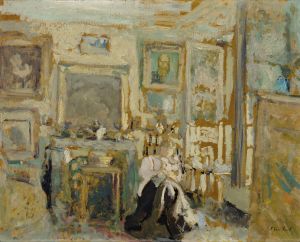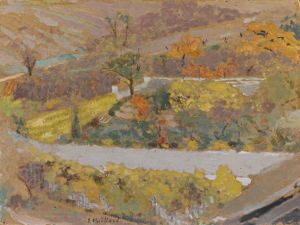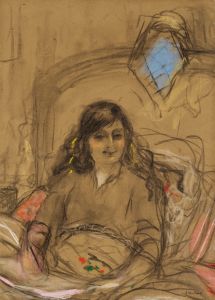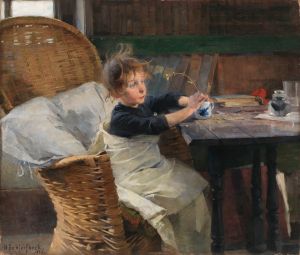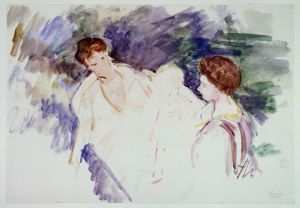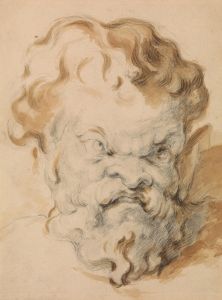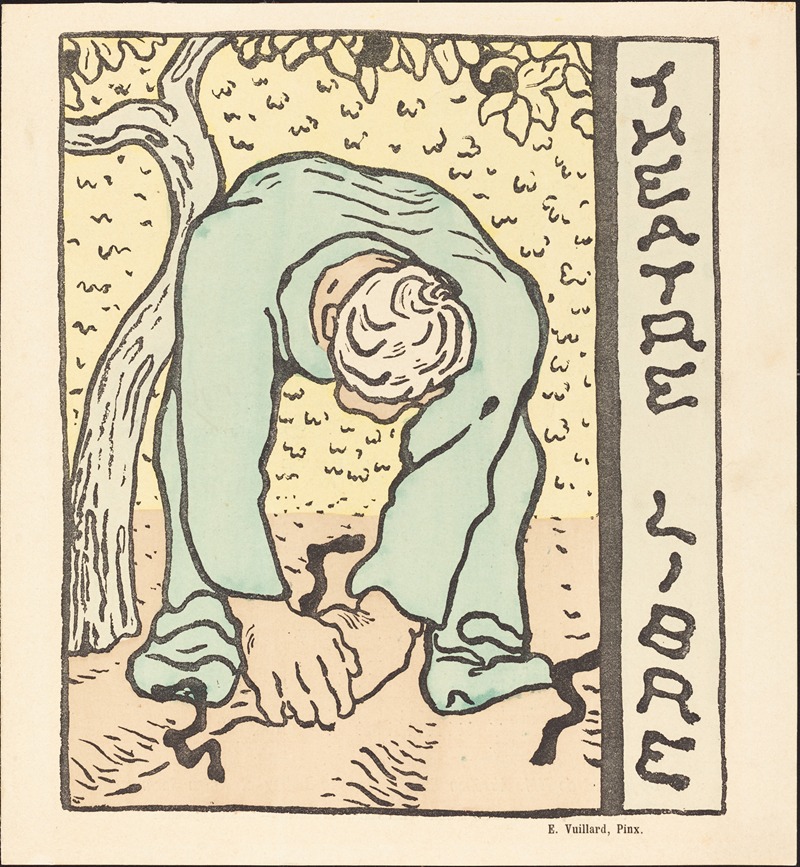
Monsieur Bute; L’amant De Sa Femme; La Belle Opération
A hand-painted replica of Édouard Vuillard’s masterpiece Monsieur Bute; L’amant De Sa Femme; La Belle Opération, meticulously crafted by professional artists to capture the true essence of the original. Each piece is created with museum-quality canvas and rare mineral pigments, carefully painted by experienced artists with delicate brushstrokes and rich, layered colors to perfectly recreate the texture of the original artwork. Unlike machine-printed reproductions, this hand-painted version brings the painting to life, infused with the artist’s emotions and skill in every stroke. Whether for personal collection or home decoration, it instantly elevates the artistic atmosphere of any space.
Édouard Vuillard, a prominent French painter associated with the Nabi movement, created the artwork titled "Monsieur Bute; L’amant De Sa Femme; La Belle Opération." Vuillard is renowned for his intimate domestic interiors and his ability to capture the nuances of everyday life with a unique blend of Impressionist and Post-Impressionist techniques.
Vuillard was born on November 11, 1868, in Cuiseaux, France, and he became a central figure in the Nabi group, which included artists like Pierre Bonnard and Maurice Denis. The Nabis were influenced by Paul Gauguin and sought to break away from the naturalism of Impressionism, emphasizing instead the symbolic and decorative aspects of art.
"Monsieur Bute; L’amant De Sa Femme; La Belle Opération" is a testament to Vuillard's distinctive style, characterized by its muted color palette, flattened perspective, and intricate patterns. Vuillard often painted scenes from his own life and surroundings, focusing on the private and domestic spheres. His works frequently feature family members and friends, depicted in familiar settings that convey a sense of intimacy and introspection.
This particular painting, like many of Vuillard's works, likely reflects his interest in the complexities of human relationships and the subtleties of social interactions. Vuillard's compositions are known for their rich textures and the interplay of light and shadow, which create a sense of depth and atmosphere despite the often compressed space.
Vuillard's technique involved the use of distemper, a type of paint made by mixing pigments with a water-based binder, which allowed him to achieve a matte finish and soft, velvety textures. This method contributed to the dreamlike quality of his paintings, blurring the lines between reality and imagination.
Throughout his career, Vuillard maintained a close connection with the theater, and this influence is evident in the theatricality and staging of his compositions. His works often resemble scenes from a play, with figures positioned as if they are actors on a stage, engaged in a narrative that is both personal and universal.
Vuillard's contribution to the art world extends beyond his paintings; he was also a prolific printmaker and designer, involved in creating decorative panels and illustrations. His work has been exhibited in major museums worldwide, and he remains a significant figure in the study of late 19th and early 20th-century art.
While specific details about "Monsieur Bute; L’amant De Sa Femme; La Belle Opération" may not be extensively documented, the painting embodies Vuillard's signature approach to capturing the essence of domestic life and the intricate dynamics of human relationships. His legacy continues to influence artists and captivate audiences with its timeless exploration of the beauty and complexity of everyday existence.





